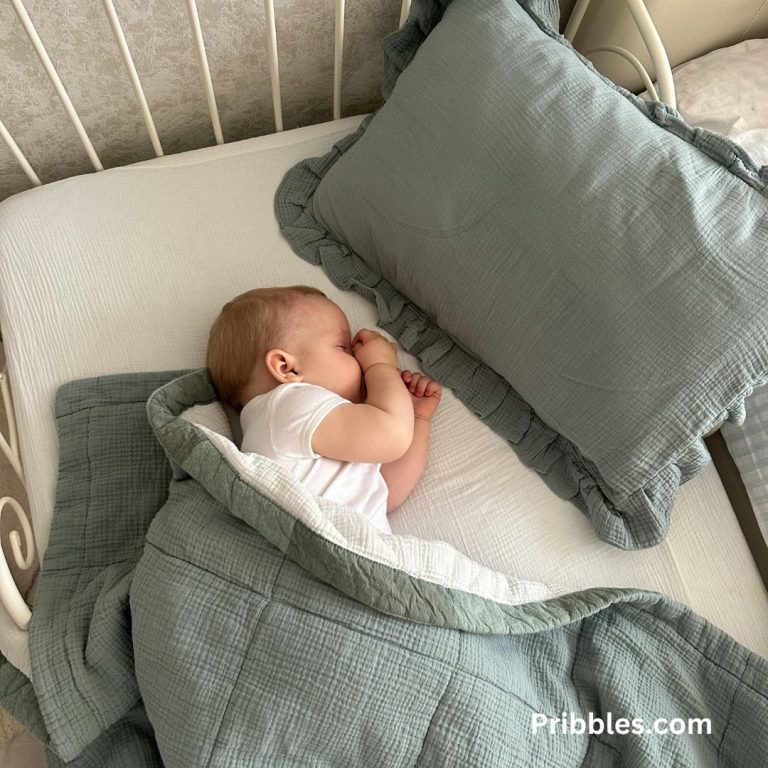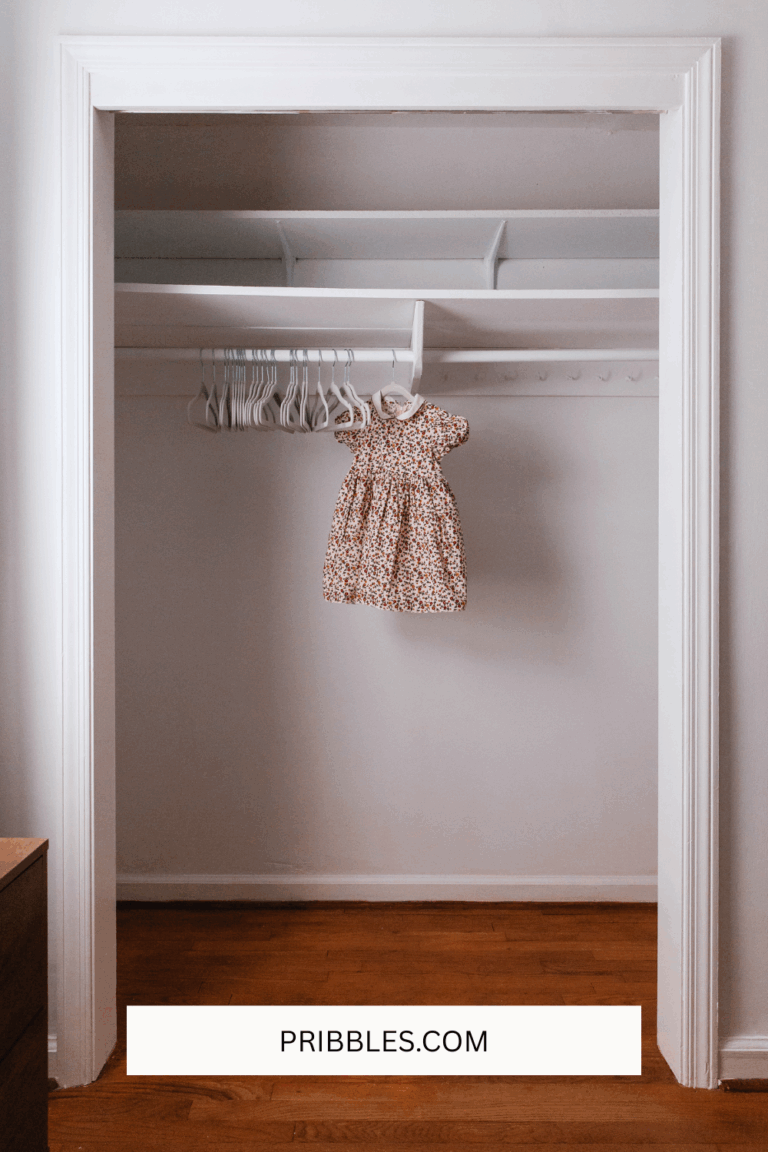Newborn Sleep Tips: Helping Your Baby (and You) Get More Rest
Welcoming a newborn into your life is one of the most beautiful experiences, but it also comes with sleepless nights, unpredictable naps, and a constant guessing game of “Why won’t they sleep?”
Save on Pinterest

Affiliate links may be used in this post and if so I will receive a commission at no extra cost. I’m also part of the Amazon Affiliate (Associate) program where I earn a commission from sales made through my affiliate links. Read the full disclosure policy.
The truth is, newborn sleep is messy and doesn’t follow a perfect pattern, but there are gentle ways to help guide your baby toward better sleep habits.
Here are some tried-and-true newborn sleep tips to help your little one get more restful sleep—and help you catch a few zzz’s, too.
More about baby:
- Baby Essentials Checklist: Everything You Need, Nothing You Don’t!
- Packing for the Hospital: 1st Time Mom Guide
- 17 Essentials for Changing Table: Must Have List!
- How Many Clothes to Buy Before Baby is Born

Newborn Sleep Tips
When I brought my newborns home, I was completely in love—and completely exhausted. I knew babies didn’t sleep through the night right away, but I wasn’t prepared for just how unpredictable and overwhelming newborn sleep could be.
There were nights I felt like I was doing everything wrong, and days when I was running on fumes. Over time, I learned a few simple tricks and gentle routines that helped both my baby and me get a little more rest.
If you’re in the thick of it right now, I hope these tips bring you some peace (and maybe a few extra hours of sleep!).
Follow a Flexible Routine
Newborns aren’t ready for a strict schedule, but they do thrive on a loose routine. A helpful pattern to try is eat, play, sleep.
After your baby eats, engage in a few minutes of gentle wake time—sing a lullaby, talk softly, or let them kick on a play mat.
Then, watch for sleepy signs and put them down for a nap. Over time, this rhythm can help your baby feel secure and start to recognize what’s coming next.
More to Read
If your baby only sleeps when being held, check out this article to help save your sanity!
Watch for Sleep Cues
Catching your baby before they get overtired is key to helping them fall asleep more easily.
Look for subtle signs like yawning, rubbing eyes, zoning out, or a sudden mood change.
Once you spot these early cues, start the wind-down process. If you wait too long, your baby may get overtired and fight sleep even harder.
Swaddle for Comfort
Swaddling can be a game-changer during the newborn stage. It recreates the snug feeling of the womb and helps reduce the startle reflex that often wakes babies up.
Use a breathable, safe swaddle and make sure their hips have room to move. Once your baby starts showing signs of rolling over, it’s time to stop swaddling and transition to a sleep sack.
This was key for my boys getting good sleep!
Create a Calm Sleep Environment
Your baby’s sleep environment makes a big difference. Keep the room dim and quiet during naps and bedtime.
A white noise machine or app can be helpful to drown out household noise and create a soothing background sound. Cool, dark, and peaceful is the way to go.
White noise was a huge game-changer for us! Swaddling and white noise were my secret sleep weapons! (So to speak)
Keep Day and Night Clear
During the day, open the blinds, let in natural light, and talk and interact with your baby. At night, keep lights low and voices hushed.
Avoid stimulating activities during nighttime feedings or diaper changes.
This will help teach your baby the difference between night and day, which is the first step toward longer stretches of sleep at night.
Feed Well During the Day
If your baby isn’t getting enough to eat during the day, they may make up for it at night. Try to encourage full feedings during waking hours instead of frequent snacking.
This can help stretch out nighttime sleep windows, even just a little.
Follow Safe Sleep Practices
Your baby should always be placed on their back to sleep, on a firm mattress in a crib, bassinet, or play yard. There should be no pillows, blankets, bumpers, or stuffed animals in the sleep space.
Keeping your baby safe while sleeping is the top priority, and following the American Academy of Pediatrics’ safe sleep guidelines helps reduce the risk of SIDS.
I know some parents want to sleep with their baby in the bed, but you may want to look into something called a bedside sleeper instead. This works well until they can roll around and scoot.
Try Cluster Feeding in the Evening
Cluster feeding (offering feeds more frequently in the late afternoon and early evening) can help some babies get a longer stretch of sleep once nighttime begins. It’s like a little “topping off” session before their longest sleep window.
Give Yourself Grace
There’s no sugar-coating it—newborn sleep is hard. You’re running on fumes, your baby’s rhythm changes constantly, and sleep deprivation is real. Rest when you can, accept help when it’s offered, and give yourself grace in this season. The newborn phase is short, and better sleep will come.
Final Thoughts
Getting your newborn to sleep well is a journey, not a race. These tips won’t magically give you 8 hours overnight, but they’ll create a solid foundation for healthier sleep habits down the road. Every baby is different, so be patient as you find what works best for your family.
You’re doing a great job, even when it feels hard, and soon enough, you’ll look back and realize how far you’ve come.
Save on Pinterest











